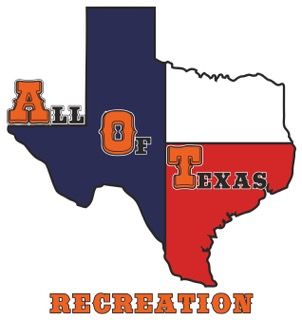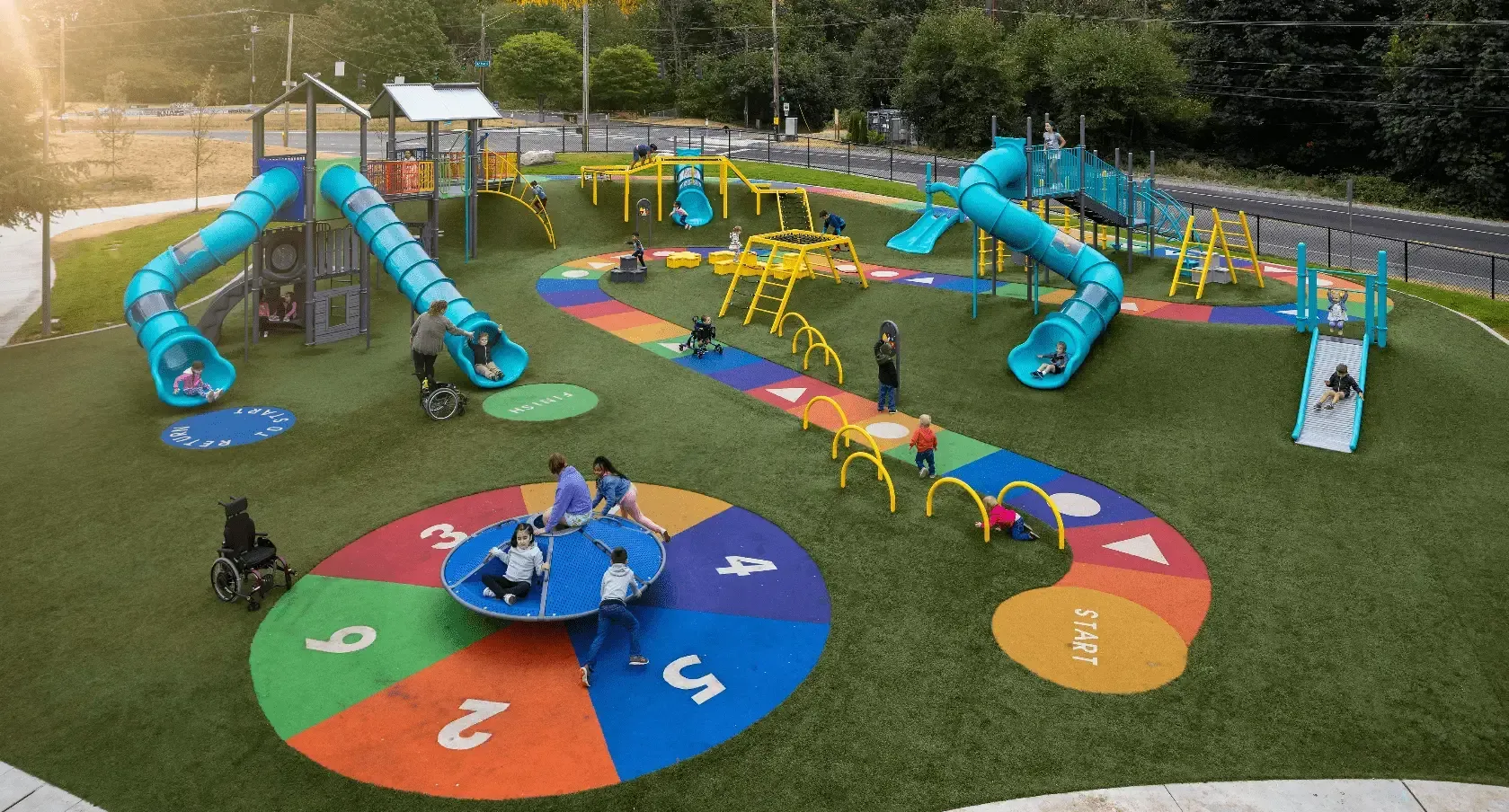Inclusive Playground Installation for All Abilities
The modern asks for modern equipment, modern resources, and, most importantly, functional playgrounds that suit children of all abilities. When it comes to inclusivity, it means that we are not only complying with ADA requirements but also creating environments where children of all abilities can play side by side, building friendships and confidence.
Inclusion is all about designing, commercial playground installations in Texas that are safe and secure for children and children who are differently abled.
Here is a brief outlook on the essentials of inclusive playground installation and how they could be achieved when we aim at installation.
What is an inclusive playground?
Playgrounds are all about fun and adventure. However, when it comes to designing an inclusive playground, it means that it must meet a minimum standard of wheelchair accessibility. One could further add that these playgrounds are designed so that children of all abilities, including those with sensory, cognitive, or mobility differences, can play together.
Making it a fun and interactive place for everyone.
Why Inclusive Playground Installation Matters?
For any community to thrive and have cohesion, it is essential to have places where people with all abilities and disabilities feel safe and secure. Therefore, commercial playgrounds that can offer emotional, physical, and learning benefits to all the children in the community are essential.
It helps people understand each other, learn from each other, and, most importantly, create a welcoming spot for the families around them. Inclusive playgrounds are essential for any community that wants to build a better future for itself and its children. They encourage diversity and inclusion at the same time.
Key features of the Inclusive playground and installation:
When designing an inclusive playground and installation, certain elements must be included. Here are some of them mentioned below.
- Smooth, Accessible Surfacing: Poured-in-place rubber, synthetic turf, or bonded mulch ensures mobility devices can roll easily while reducing trip hazards.
- Ramps and Transfer Stations: These allow children with mobility challenges to access elevated platforms, slides, and bridges.
- Sensory Play Elements: Music stations, tactile panels, and water features engage multiple senses, supporting children with sensory needs.
- Equipment for Multiple Abilities: Inclusive swings, wide slides, and ground-level games encourage participation for all children.
- Shaded and Quiet Zones: Covered areas and low-stimulation spaces allow children to rest and recharge.
Steps included in playground installation:
One of the first steps in playground installation is evaluating the available area. This includes determining space, slope, drainage system, and, most importantly, access points.
Moreover, it also requires the designers and planners to help the community understand the importance of inclusive playgrounds by conducting seminars and workshops in local communities to encourage inclusion and diversity. Also, promote the installation and designers to work with professionals who understand the importance of ADA compliance and local community rules and regulations.
Designing for Different age groups and communities:
Make sure to keep in mind the design and installation for different age groups. Because there are multiple age brackets of children who have fun and play in these playgrounds, they should be design by age appropriation.
- Toddlers: Low slides, small climbing frames, soft surfacing.
- School-age Children: Inclusive climbing walls, sensory games, and multi-level play zones.
- Children with Mobility Devices: Ramps, transfer stations, and interactive ground play.
- Neuro-diverse Children: Quiet retreats, textured play surfaces, and colour-coded spaces.
Common mistakes to be avoided:
According to the research, some common errors have always been identified when people design commercial playgrounds in Texas. Therefore, one should keep in mind all these common errors, which make inclusive playgrounds unsafe and inaccessible for all.
- Focusing only on wheelchair access without sensory-friendly features.
- Using surfaces that meet ADA standards but lack durability.
- Forgetting shaded rest areas.
- Skipping community feedback during the design phase.
To conclude, an inclusive playground installation is more than compliance—it's a commitment to equity, connection, and joy for all children. Communities that invest in inclusive design foster belonging, support families, and create memories that last a lifetime. Therefore, when you design and install community playgrounds, make sure to follow all these standards that make them fun and enjoyable for families and children who are differently abled.



